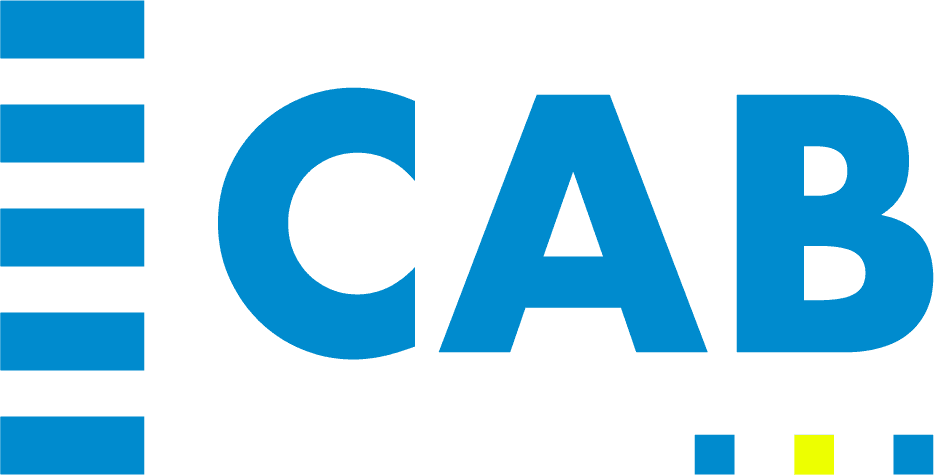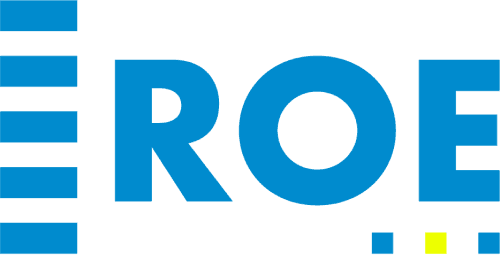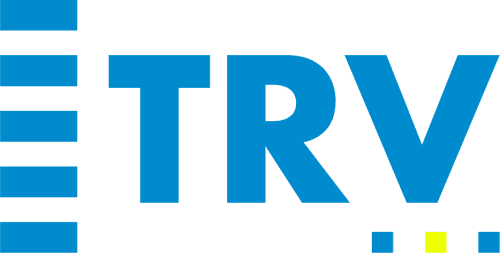Burnout prevention is about one thing: offsetting stress before it piles up.
I keep a simple habit called the “3 Ps.” Every week, I rate how I’m doing personally, physically, and professionally. If one dips too low, it’s a warning light suggesting that it's time to adjust.
That check-in matters more than you’d think.
In the 2024 APA poll, 43% of US adults said they feel more anxious than last year, with many pointing to rising stress as the cause. That anxiety often builds quietly until it shows up in daily life in the form of trouble sleeping, strained focus, or feeling like you’re running on empty.
What’s even more interesting is that your brain doesn’t help. It’s wired with a “negativity bias,” which means you notice what’s wrong before what’s right. If you’re not careful, that bias drags you toward burnout faster than you realize.
Learning how to prevent burnout, then, isn’t about being tougher or adding more hustle. It’s about balance with decompressing, noticing the early signs, and deliberately finding ways to recharge.
Why Does Burnout Happen?
Stress shows up for all of us… Sometimes it’s that surge before a deadline, the kind that gets the job done. But when the pressure never eases, it stops fueling you and starts draining you.
In flying, a pilot who never takes a breather doesn’t perform better because fatigue builds up, focus fades, and errors creep in.
Work feels the same way.
Without time to recover, your brain slows down, creativity takes a back seat, and even the easy stuff feels like lifting weights.
McKinsey found that employees with burnout symptoms are six times more likely to quit. Six times! That number isn’t just a chart. It’s a flashing warning sign that tells us how fast stress piles up if we don’t reset.
Burnout doesn’t happen overnight. It sneaks up, one unchecked stress at a time, until suddenly you’re stuck in a cycle that feels impossible to climb out of.
As Hans Selye, the father of stress research, once said: “It’s not stress that kills us, it is our reaction to it.” Burnout is what happens when that reaction gets stuck in overdrive, without space to reset.
Daily Habits That Show You How To Prevent Burnout
One of the simplest ways to keep stress from snowballing is to build small habits that let you reset. A short walk, a lunch break, or even scheduling a vacation before you’re desperate for one…these moments act like release valves.
As Jon Kabat-Zinn, the creator of the popular Mindfulness-Based Stress Reduction (MBSR) program, once said: “You can’t stop the waves, but you can learn to surf.”
Stress is always going to roll in, but daily habits give you the board to ride it instead of being knocked over.
And here’s the proof: the NIH found that mindfulness practices, even short ones, consistently reduce stress and lower burnout rates among healthcare workers.
Think about that now. If doctors and nurses, working in some of the most stressful environments on earth, can benefit from simple resets, so can the rest of us. That number makes sense because regular habits calm your mind, and they build resilience over time.
The Role of Flow in Burnout Prevention
If burnout drains your energy, flow is what plugs you back in.
Flow is the state where you’re so immersed in what you’re doing that time disappears. Think of painting for hours without noticing the clock, running until your head finally clears, or playing music and losing yourself in the rhythm.
Even something simple, like gardening or trying out a new recipe, pulls you into that same focus where the stress fades out.
Pilots know this state well. During critical maneuvers, there’s no space for distraction, just complete focus, mind and body working as one. That’s flow in action. It’s not just enjoyable, it’s peak performance.
And here’s the contrast: 66% of leaders said their employees are overwhelmed by today’s work environment. That number makes it clear why finding moments of flow is essential. Flow cuts through overwhelm and gives back energy, clarity, and joy in ways that rest alone can’t.
Psychologist Mihaly Csikszentmihalyi, who literally wrote the book on flow and coined the term, described it best: “The best moments usually occur when a person’s body or mind is stretched to its limits in a voluntary effort to accomplish something difficult and worthwhile.”
So, beyond fighting exhaustion, flow is one of the simplest, science-backed ways to practice how to prevent burnout in daily life.
Workplace and Organizational Strategies
Preventing burnout can’t rest only on individuals. You can set boundaries and take breaks, but if your workplace keeps pushing without pause, the stress finds a way back in.
That’s why some companies now design recovery into their culture. Tech teams experiment with “unplugged hours” where no one sends emails or schedules meetings. Others offer flexible schedules so people can actually recharge. These aren’t perks; they’re necessities.
HR Brew reported in 2024 that 82% of white-collar workers admitted to feeling burned out. With numbers like that, it’s clear the burden doesn’t just fall on employees, but organizations need to act too.
Arianna Huffington said it best: “Burnout is not the price you have to pay for success.” She built Thrive Global around that idea, proving that when companies put health before hustle, they get stronger teams in return.
Ready To Stay Ahead of Burnout?
Burnout prevention is about balance and weaving recovery into your routine the same way you’d plan a flight path. Simple weekly check-ins like the “3 Ps” keep you aware of where you’re drifting, while flow activities and rest bring your system back to steady altitude.
The stakes are high: the WHO estimates 12 billion workdays vanish each year to stress and anxiety. A $1 trillion productivity loss! That’s a staggering reminder of why balance isn’t optional.
As Viktor Frankl once said, “Those who have a ‘why’ to live can bear almost any ‘how.’” Find your “why,” and you’ll find the resilience to keep flying steady.
Sources:
American Institute of Stress: Stress in Adults. Accessed 10/04/2025.
McKinsey & Company: What Is Burnout? Accessed 10/04/2025.
Frontiers in Psychiatry: Effects of a Mindfulness-Based Intervention on Stress and Burnout in Nurses: A Systematic Review and Meta-Analysis (Qi Wang et al., 2023). Accessed 10/04/2025.
Deloitte: “Global organizations face looming crisis in engagement and retention of employees.” Accessed 10/05/2025.
HR Brew: Burnout Engagement on the Rise. Accessed 10/04/2025.
World Health Organization: Mental Health at Work – Fact Sheet. Accessed 10/04/2025.

Article by
Founder, Think Like a Pilot & GBM6
Bobby Dutton is a professional speaker, entrepreneur, and philanthropist. He's also a licensed commercial pilot and flight instructor -- for fun. Thriving at the intersection of engineering and art, Dutton created GrooveBoston in 2004, built on the statement "Music is No Longer a Spectator Sport." His team (now called GBM6) is about making people happy, through legendary events. Bobby's pioneering work on event design has won him awards internationally, and he was voted one of the "Top 25 Young Event Pros to Watch" by Special Events Magazine. After 20+ years of navigating high-stress situations as a business owner and event producer, Bobby found calm in an unlikely place: in the sky. He now teaches these aviation-inspired decision-making tools to thousands through events, keynotes, and workshops.










